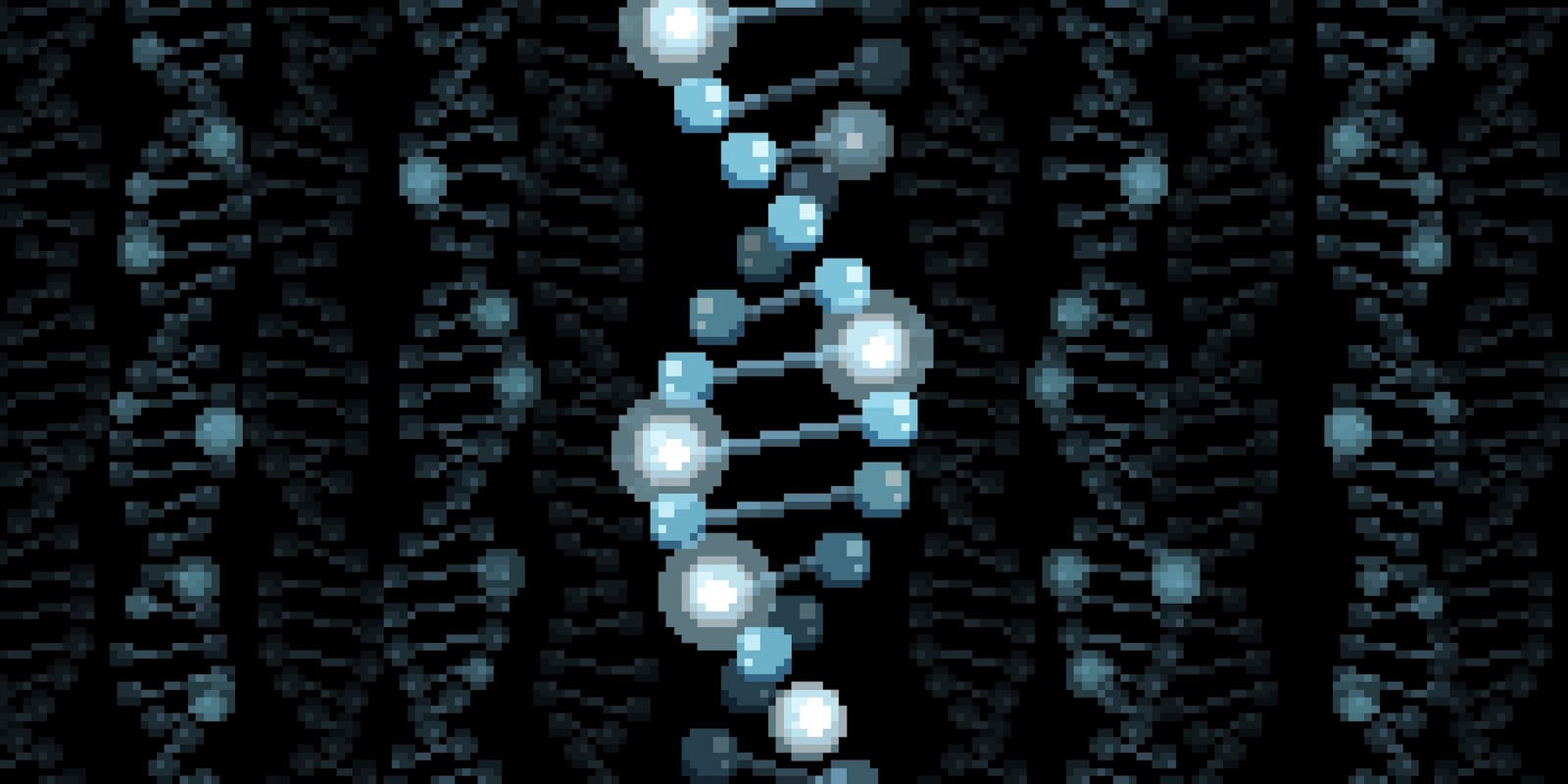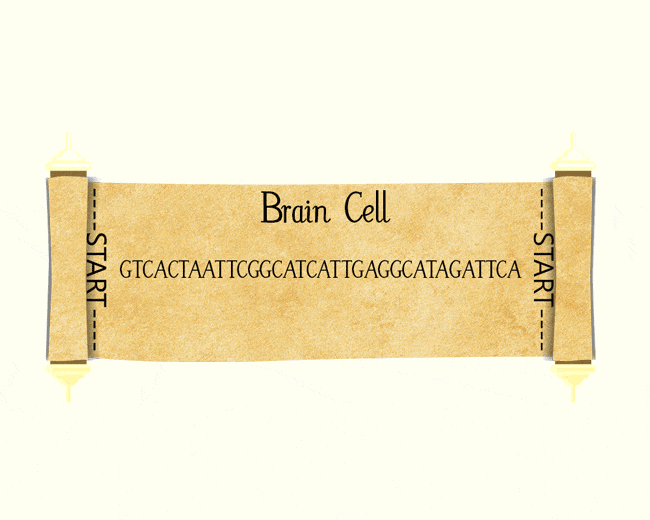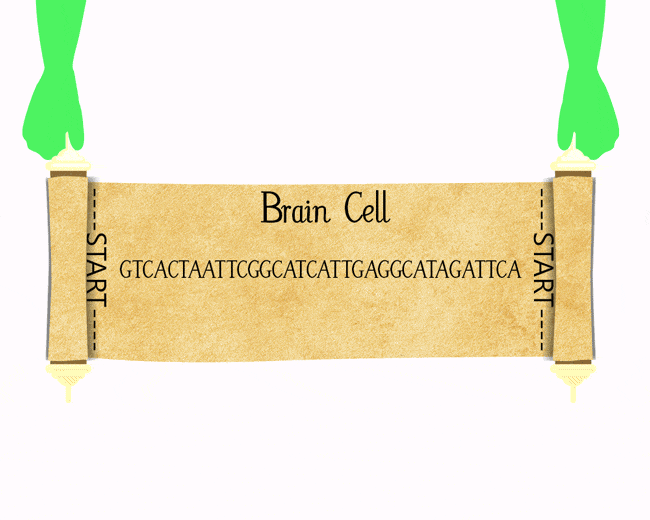Last year a study came out that made a bold, unsettling claim: The children of holocaust survivors contained fingerprints of their parents’ trauma in their DNA.
It was part of a small but growing body of evidence that suggests our parents can not only pass along their traits for eye color and a tendency toward cardiovascular disease but perhaps some of their life experiences as well. Only the latter isn’t written into the genetic code but is instead part of another code that goes along with our DNA: the epigenome.
You may have heard that some studies are looking at “epigenetic tags” or “chemical markers” that exist on DNA that affect how genes are expressed in our cells. But how does it work?
We can start by thinking of DNA as a long scroll. Written on that scroll are all the instructions, in the form of a four-letter code, for how to make you: your hair color, your height, and so on.
But that scroll also has more specific instructions that tell your liver cell how to be a liver cell and a brain cell how to be a brain cell.
Your liver cell isn’t going to need access to all parts of the scroll at all times, so the scroll gets wrapped around rollers. Within the cell, these rollers are called histones. When the DNA is wrapped tightly around the histones, it can’t be read—like the part of the scroll wrapped around the rollers.
But the histones are not active here. Instead, the rolling and unrolling of DNA is modulated by a series of chemical tags—the epigenome. These tags are like hands that can modify which part of the scroll is showing at any one time—essentially allowing certain genes that might code for pieces of cellular machinery to function. Or they might silence another gene by causing a histone to tighten its grip.
We know epigenetics are very important when an embryo is developing from a bundle of identical cells into a fetus with different organs. But researchers are still trying to nail down just how the environment we live in after we’re born leads to epigenetic changes.
The basic understanding, according to the University of Utah, is that the cell receives a signal from the outside. This chemical signal attaches to a receptor that straddles the outermost layer of the cell. Once the signal attaches to the receptor, the receptor kicks off a chain reaction that involves multiple proteins within the cell that ultimately lead to an epigenetic change.
But it’s unclear how smoking, for example, may cause changes to the genome that may make it more susceptible to cancer—assuming that’s how it works; researchers aren’t totally sure. It’s possible that epigenetic changes as a result of environmental factors have no impact on disease but are merely a harmless consequence of the environment, according to a New York Times article detailing some problems in epigenetics research.
There’s still a lot to understand about epigenetics, as the Holocaust survivors study tells us, but understanding it may be the key to developing new technology to let us battle cancer, depression, and more.





